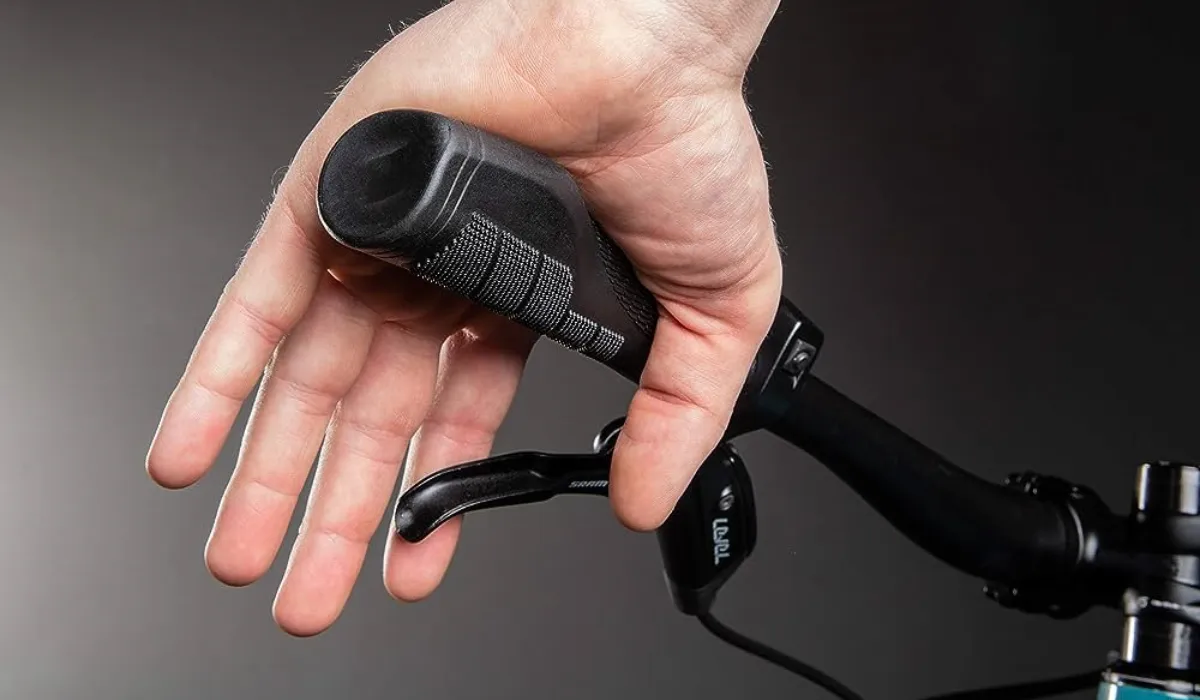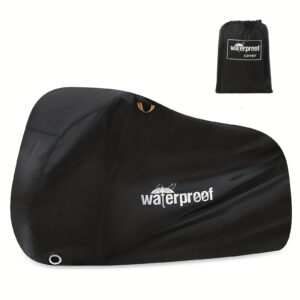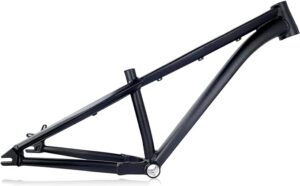Cycling safety is a paramount concern for riders of all levels, and one often overlooked aspect that plays a critical role is the grip on your handlebars. In this article, we emphasize the importance of grip performance for cycling safety, highlighting how selecting appropriate handlebar grips can significantly reduce the risk of accidents and contribute to a safer riding experience.
The Crucial Role of Grip Performance
The grip you have on your handlebars directly affects your ability to control your bike. Secure grip performance is essential for maintaining stability, especially during sudden maneuvers, turns, or unexpected obstacles. When your hands are firmly in place, you’re better equipped to respond swiftly and effectively to changing conditions on the road or trail.
Reducing the Risk of Slippage
Slippage is one of the primary concerns for riders when it comes to handlebar grips. Quality grips are designed with features that enhance grip under various conditions. The texture, pattern, and materials of the grips are engineered to provide optimal hand-to-grip contact, minimizing the chances of your hands slipping during wet or challenging conditions. This grip reliability translates to safer rides, as you can maintain control over your bike even in adverse weather.
Enhanced Handling and Maneuverability
Secure grip performance also directly influences your bike’s handling and maneuverability. When your hands are securely positioned on the handlebars, you have better leverage and control over the bike’s steering. This control is particularly critical when navigating sharp turns, avoiding obstacles, or making quick adjustments to your riding path. With the right grips, you’re able to execute maneuvers more confidently and accurately, mitigating the risk of accidents.
Reducing Hand Fatigue for Optimal Focus
Handlebar grips that provide a secure and comfortable hold reduce hand fatigue during rides. When your hands are comfortably placed and well-supported, you can maintain a relaxed grip posture for extended periods. Reduced hand fatigue means you can stay more focused on the road or trail ahead, as well as react promptly to unexpected situations. This heightened awareness and responsiveness contribute to safer riding conditions.
Selecting Grips for Safety
Choosing the right handlebar grips is a crucial step in enhancing cycling safety. Consider the following factors:
- Grip Texture: Look for grips with a grip-enhancing texture that offers a secure hold under different conditions.
- Ergonomics: Opt for grips with ergonomic designs that fit the natural shape of your hands, minimizing pressure points and discomfort.
- Material Quality: Invest in grips made from high-quality materials that are durable and resistant to wear.
- Locking Mechanisms: Consider grips with locking mechanisms that prevent slippage or rotation during rides.
- Grip Size: Choose grips that match your hand size to ensure a comfortable and secure hold.
Handlebar grips are not merely accessories; they are essential components that significantly impact cycling safety. Secure grip performance empowers riders with the control, handling, and responsiveness necessary to navigate diverse riding conditions safely. By selecting grips that prioritize grip-enhancing features, you’re taking a proactive step towards reducing the risk of accidents and ensuring that your cycling journeys are both enjoyable and secure. Remember, a solid grip not only connects you to your bike but also connects you to safer rides.






